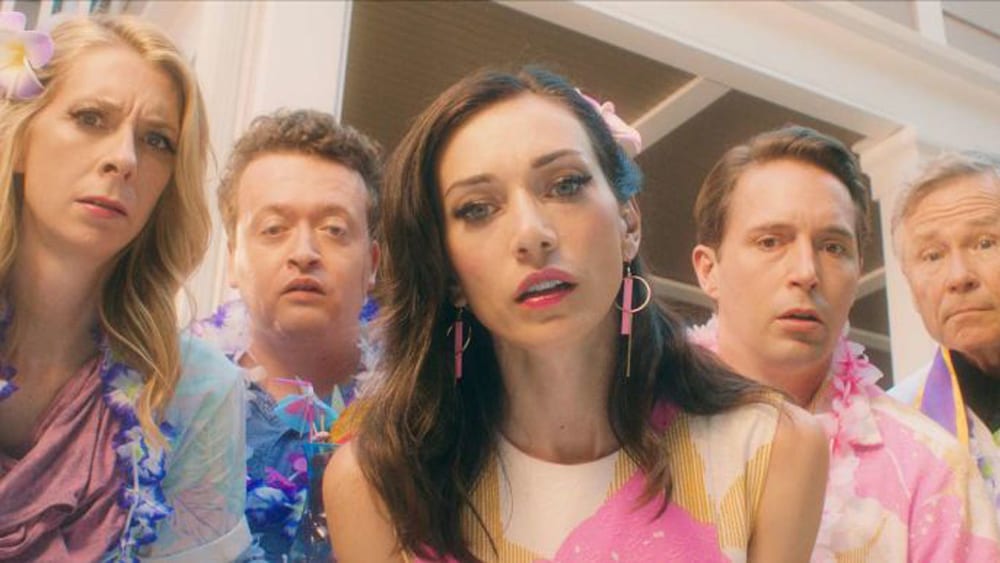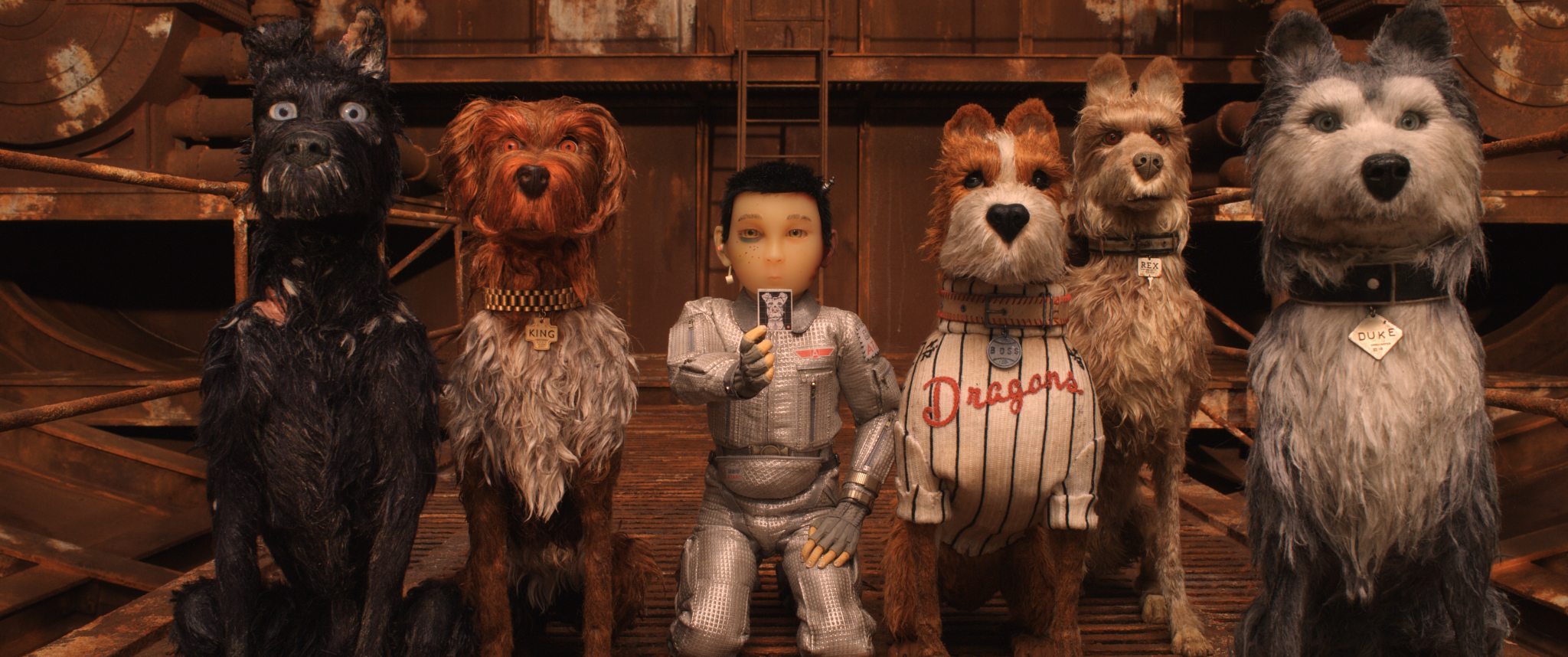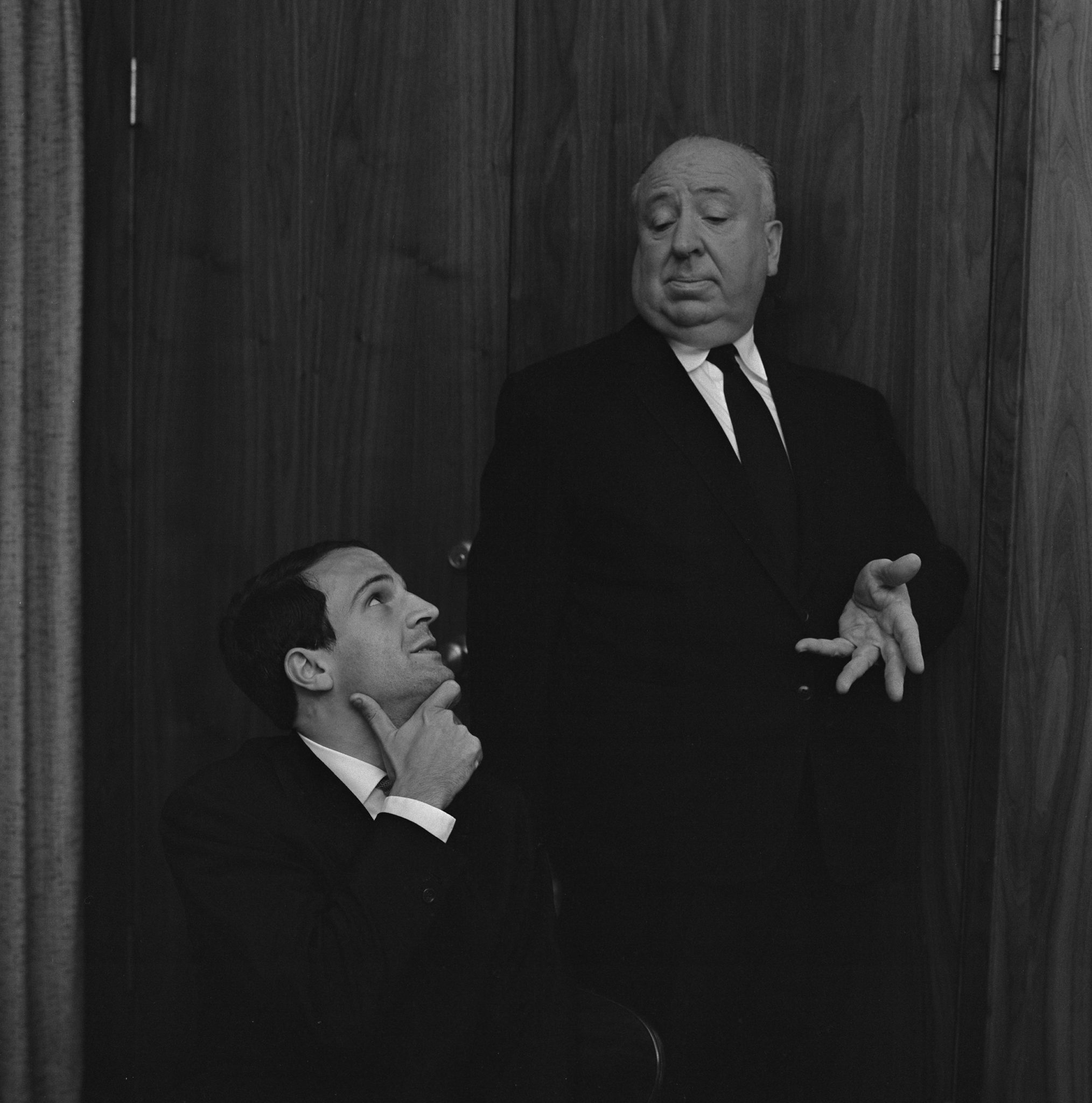
Greener Grass: Suburban Lies and Desperate Housewives
In the most unique comedy of the year, Greener Grass takes the viewer into the heart of a demented yet timeless suburbia where perfection is idealized but never truly attained. The film follows the story of Jill (Jocelyn DeBoer) and Lisa (Dawn Luebbe), two soccer moms and best friends that struggle to keep up with the competitive…



